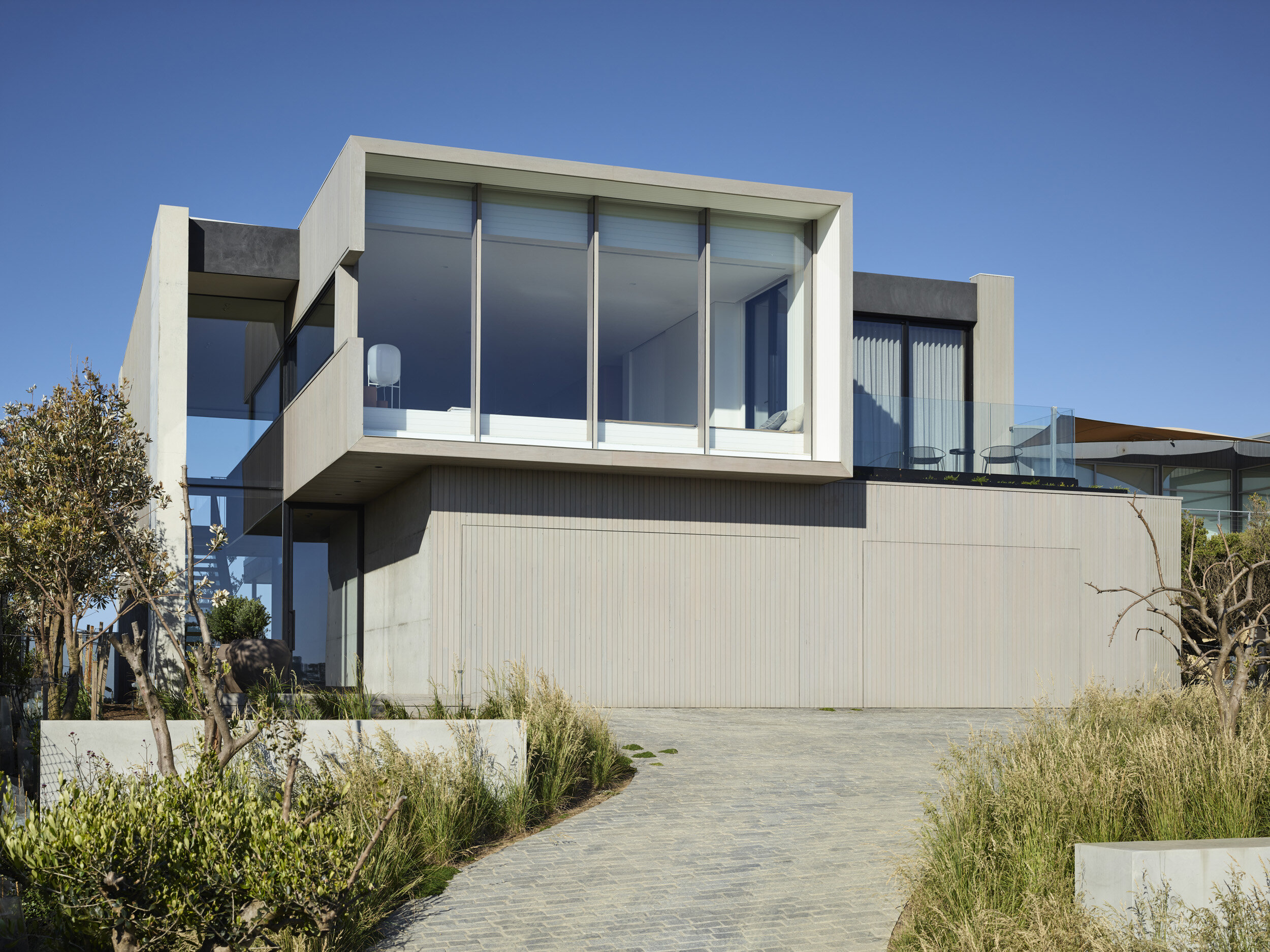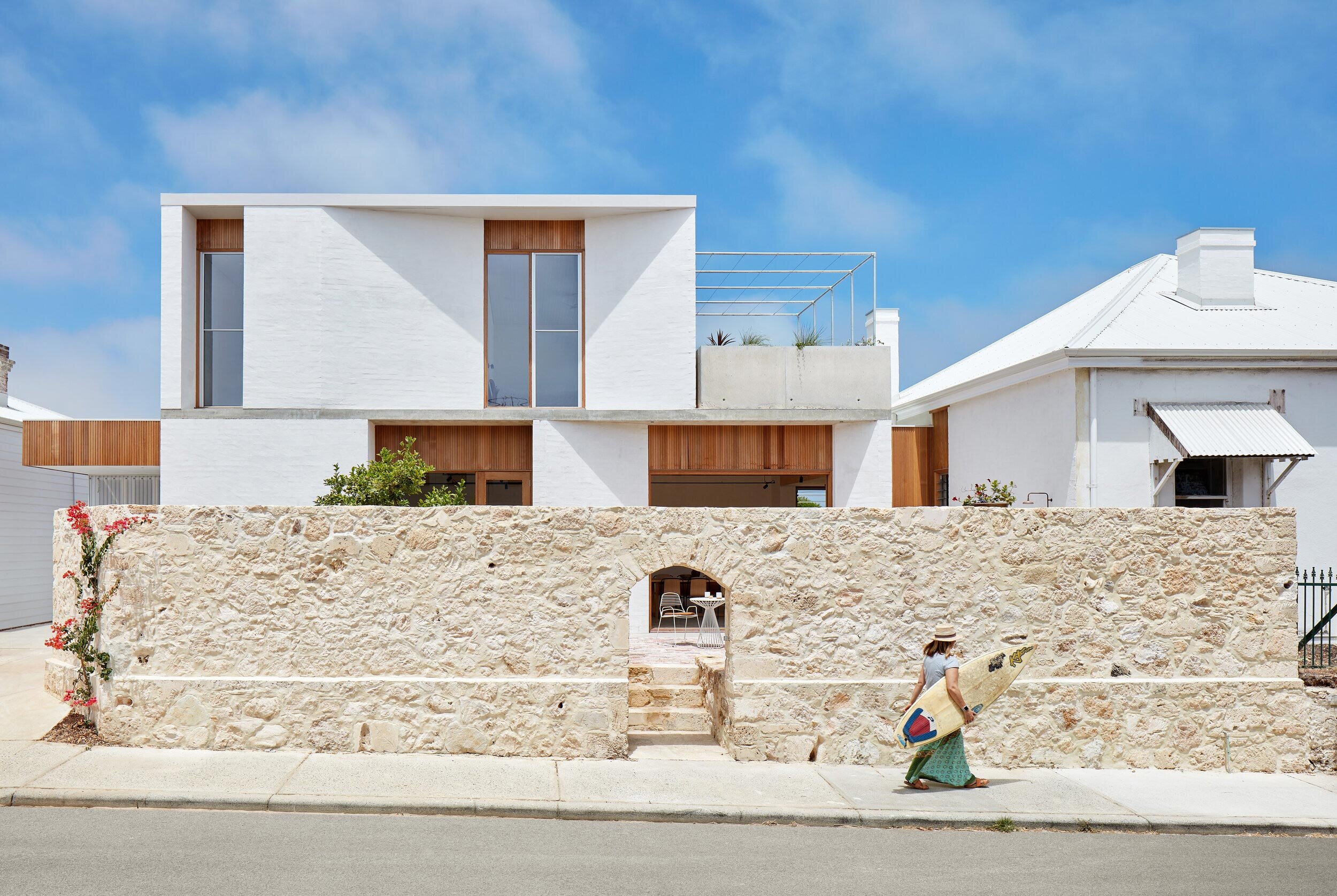Leading Fads in Residential Design You Should Learn About
As residential design continues to advance, a number of compelling patterns are shaping the method we develop and inhabit our living spaces. Key growths such as sustainable structure techniques, the integration of wise home modern technology, and the rise of modular homes emphasize a considerable shift towards both performance and ecological responsibility.
Lasting Structure Practices
An enhancing number of domestic jobs are embracing sustainable building methods, driven by an expanding understanding of environmental effect and energy performance. This shift is identified by the combination of environment-friendly products, energy-efficient designs, and innovative construction methods. Homeowners and builders are progressively prioritizing using renewable energies, such as bamboo and recycled steels, which not only minimize the carbon footprint however likewise boost the toughness and aesthetic appeal of residential properties.
Integrating energy-efficient systems is one more essential aspect of lasting building - residential house architect. Functions such as high-performance insulation, energy-efficient windows, and solar panels are becoming criterion in brand-new property designs. These components not only add to lower energy usage however likewise give considerable long-lasting savings for home owners
Additionally, the design of sustainable homes usually stresses all-natural light and air flow, reducing the reliance on fabricated lights and environment control systems. Landscape design practices, such as xeriscaping, additional promote sustainability by reducing water usage.
As the demand for sustainable living remedies remains to climb, the residential style field is poised to adjust and introduce, ensuring that future homes are not just environmentally accountable but useful and additionally comfy for their owners. - residential house architect
Smart Home Innovation
Smart home modern technology is transforming the means homeowners communicate with their home, boosting protection, power, and comfort monitoring. This cutting-edge approach incorporates numerous gadgets and systems, permitting users to control their homes from another location or with automated processes. Central to this pattern is the use of clever tools such as thermostats, illumination, safety electronic cameras, and devices, all connected by means of the Internet of Things (IoT)
Among the most enticing functions of wise home modern technology is the ability to tailor setups for optimum energy performance. House owners can check power use and change lights, air conditioning, and home heating based on their regimens, substantially lowering energy prices. Furthermore, innovative protection systems equipped with clever locks and monitoring electronic cameras provide peace of mind, enabling remote surveillance and notifies to potential safety breaches.
Combination with voice-activated assistants enhances individual experience, enabling house owners to control tools with basic voice commands. As modern technology remains to advance, the possibility for wise home systems to improve lifestyle expands, making them a necessary consideration in contemporary household architecture. Ultimately, clever home modern technology is not merely a trend however a basic shift towards a lot more smart living settings.
Open Idea Living
Open up concept living has actually emerged as a specifying feature in modern property architecture, identified by the removal of conventional barriers in between rooms. This style approach advertises fluidness and connection within the home, enabling for a smooth shift in between areas such as the kitchen, eating, and living areas. By eliminating wall surfaces and partitions, open idea designs create a sense of space, fostering an inviting atmosphere that enhances social communication.

In addition, this approach to property style lines up with minimalism, concentrating on functional simplicity and aesthetic comprehensibility. House owners value the flexibility of these formats, which can be conveniently adapted to mirror personal style with furnishings arrangement and decoration. As open concept living remains to get grip, it continues to be a testimony to evolving family members dynamics and the wish for homes that boost connection and anchor convenience.
Biophilic Layout
Biophilic layout has come to be increasingly significant in property style, highlighting the innate connection in between people and nature. This design ideology looks for official statement to incorporate natural environments right into living areas, thereby cultivating a sense of health and improving the lifestyle for passengers. By incorporating attributes such as natural light, plant life, and organic materials, biophilic design advertises a harmonious connection between interior settings and the natural globe.
Crucial element of biophilic layout include large windows that provide unobstructed sights of outside landscapes, living wall surfaces that introduce plant right into insides, and open layout that urge air movement and all-natural light infiltration. Water attributes, both inside and outside the home, offer to create soothing ambiences and improve sensory experiences.
In addition, the use of sustainable products not just supports environmental stewardship yet also adds to healthier interior air top quality. As awareness of ecological problems boosts, home owners are progressively prioritizing styles that show their connection to nature. Fundamentally, biophilic design not only raises visual allure but also addresses mental and psychological demands, making it a vital fad in modern property style.
Modular and Prefab Houses

Moreover, modular and prefab homes are created with sustainability in mind. Numerous producers use environmentally friendly materials and energy-efficient systems, such as solar panels and progressed insulation methods, contributing to lowered energy consumption and reduced utility bills for property owners. The adaptability of my sources style choices allows for customization, catering to diverse functional requirements and visual preferences.
As the demand for budget-friendly housing continues to increase, prefab and modular homes offer a viable service, addressing both financial and ecological challenges. Neighborhoods are significantly identifying the potential of these structures, incorporating them into rural and urban settings. In general, the fad toward prefab and modular homes signifies a shift toward more sustainable, effective, and adaptable living atmospheres, making them a crucial facet of contemporary residential design.
Conclusion
In conclusion, the developing landscape of domestic style showcases significant trends that prioritize health, innovation, and sustainability. Sustainable building methods and wise home technologies improve efficiency and comfort, while open concept living and biophilic layout foster social interaction and a connection to nature. The rise of modular and prefab homes uses adjustable and inexpensive services, mirroring a broader change towards functional and liable living. These trends jointly highlight a dedication to producing unified and cutting-edge residential settings.
Secret advancements such as lasting building methods, the integration of wise home technology, and the surge of modular homes emphasize a substantial change towards both performance and ecological obligation.The rise of prefab and modular homes has changed the property style landscape, providing cutting-edge solutions for reliable and lasting living.Furthermore, modular and prefab homes are designed with sustainability in mind. In general, the pattern towards prefab and modular homes indicates a shift towards a lot more sustainable, efficient, and adaptable living environments, making them a critical aspect of contemporary household style.
Sustainable building practices and wise home innovations boost efficiency and benefit, while open concept living and biophilic design foster social communication and a link to nature.